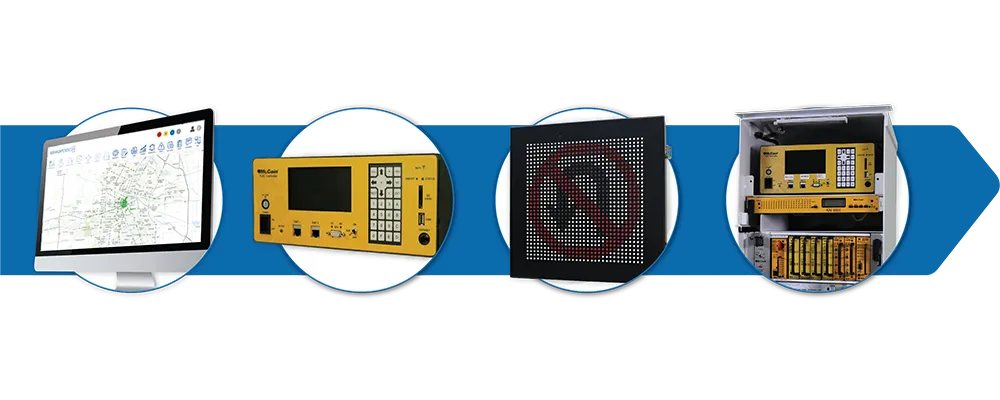Peek is introducing GreenWave for 2070 controllers. The new Linux-based firmware designed for NTCIP traffic signal controllers, is on display at the company's booth at ITS America 2016.
GreenWave empowers users to create central systems, closed-loop systems, or simple bit relays to communicate I/O from one intersection to the next.
The new firmware (formerly known as NWS Voyage) is compatible with Peek's Spinnaker advanced traffic management system (ATMS), and a variety of other NTCIP compliant centra
June 14, 2016
Read time: 2 mins

GreenWave empowers users to create central systems, closed-loop systems, or simple bit relays to communicate I/O from one intersection to the next.
The new firmware (formerly known as NWS Voyage) is compatible with Peek's Spinnaker advanced traffic management system (ATMS), and a variety of other NTCIP compliant central software systems. The software also operates on a variety of 2070 L and NEMA controller brands including
Gustavo de la Pena, sales director at Peek, said: "The expanded capabilities of GreenWave allow agencies to add the most complex transit signal priority function available in the market.
“In addition, GreenWave's new offset correction algorithm virtually eliminates times when the controller goes free and enables entire corridors to get into step after a pattern change much more quickly.
"Now, when a pattern change is commanded for a corridor, all intersections immediately implement the new pattern. With GreenWave, all intersections get in sync within two cycles or less,” added de la Pena.
Light Rail support is planned to be added to GreenWave TSP function later in 2016, including advance detection, calculation of travel time to intersection, early green and green extensions, and display of all the train signals.










